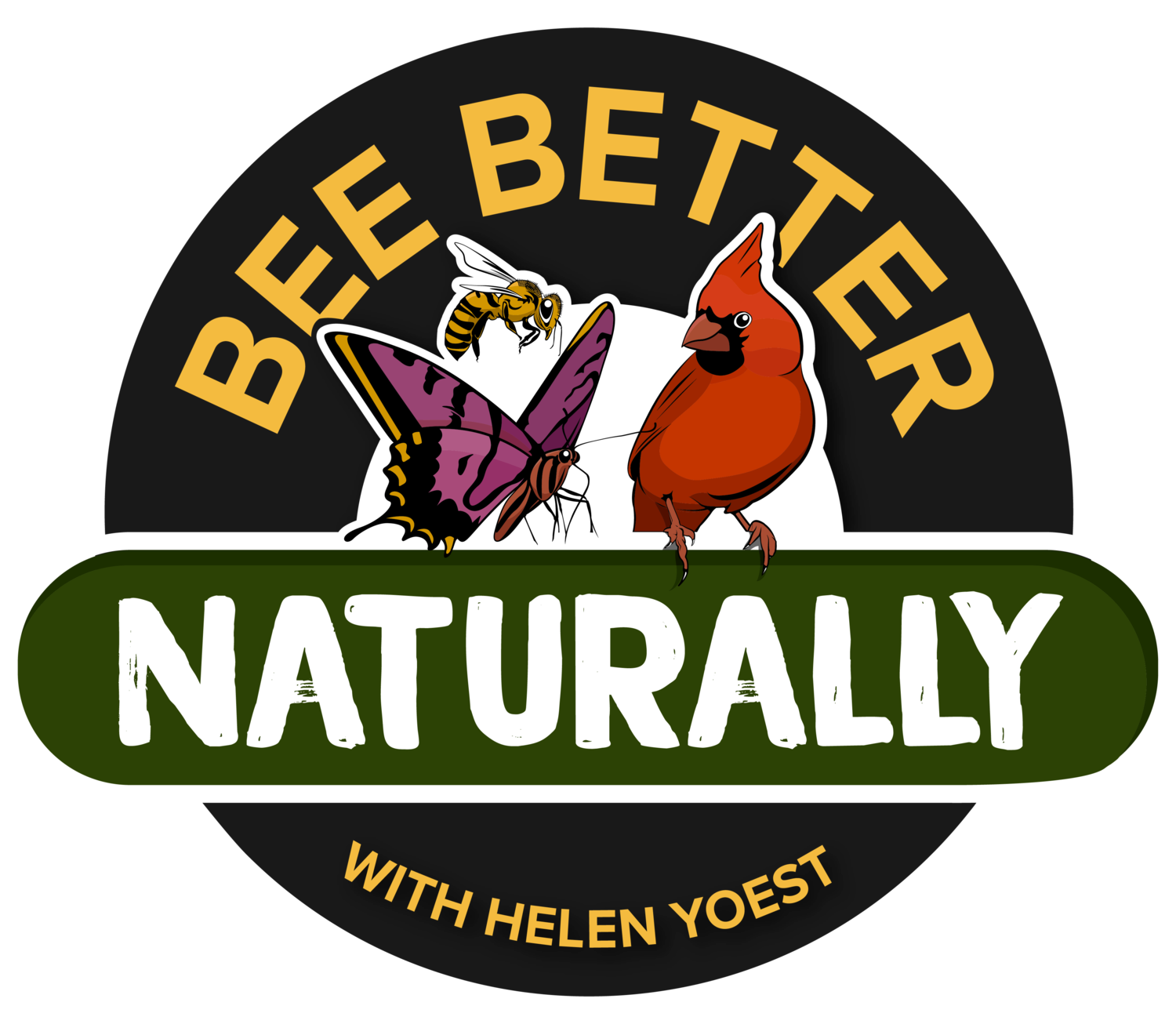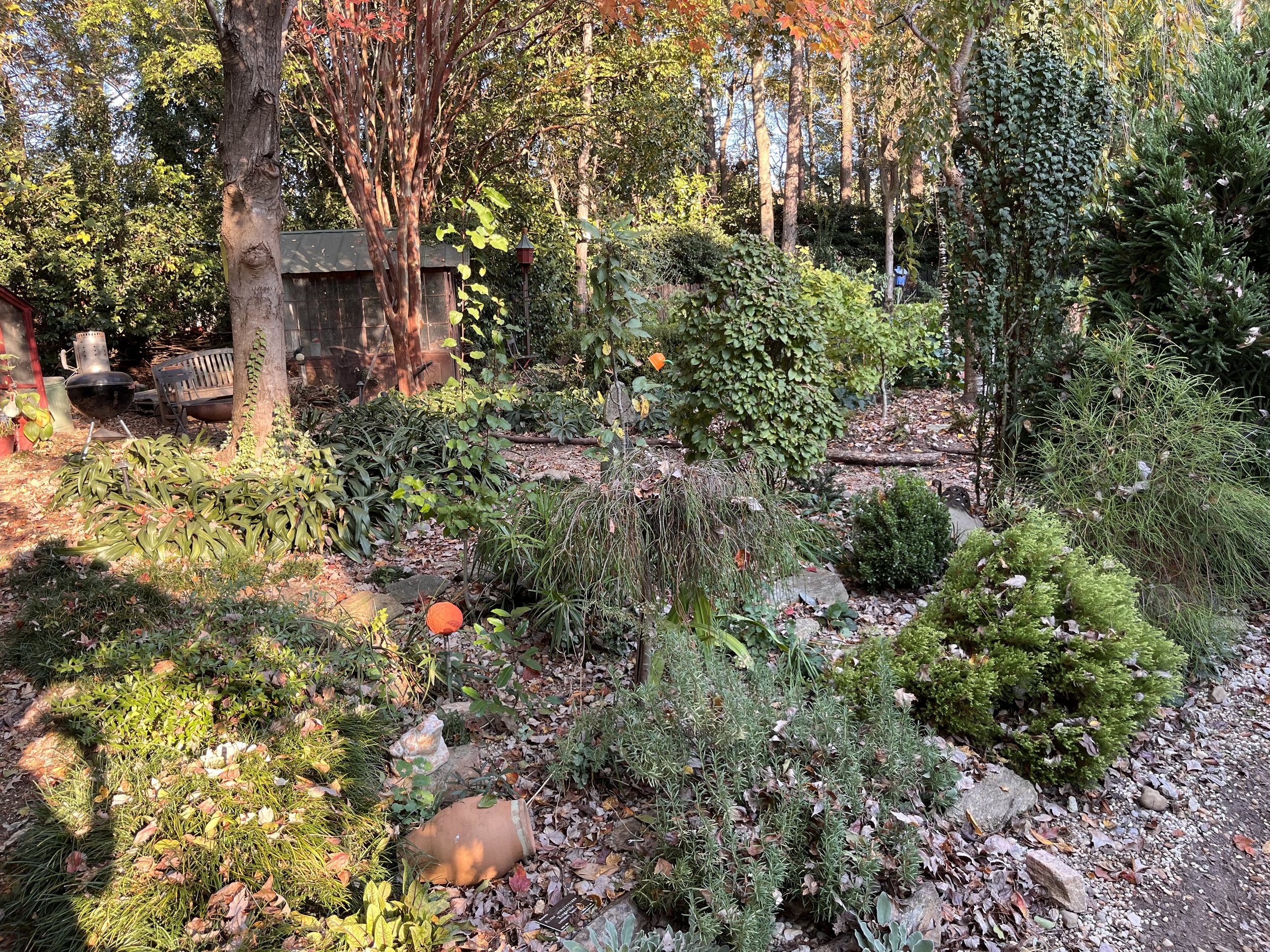Our natural world is changing and we can help. At times it may seem hopeless, but doing nothing only worsens our nature. We can each make a difference.
I have yet to speak with anyone who hasn’t witnessed declines in bird, bee, and butterfly populations visiting their home habitat. Through my decades as a wildlife gardener, particularly gardening for the birds, bees, and butterflies, I’ve welcomed a wide range of other species, such as anoles, frogs, black snakes, and beneficial insects to feed in my garden. Today, I’ve have fewer and fewer visitor. I can only imagine how much fewer others have experienced who haven’t dedicated decades to the cause. It’s not to late to start.
Habitat loss is the leading cause of species decline today. We need to think of our talents as conservationist and ecologist.
Conservation is the interdisciplinary fields that draws on principles from environmental sciences to achieve objectives, focusing on the preservation of endangered species and their natural habitats.
Ecology is primarily concerned with understanding the interactions between living organisms and their individual environments, examining the relationships among species and how they influence their surroundings.
Both studies are rooted in a concern for natural climates and addressing environmental challenges. They each recognize the importance of preserving biodiversity. I’ve spent a lifetime studying and practicing such habits in my home garden.
My journey began when my husband and I purchased our family home in 1997. Practicing these principles started decades before, but I’ve put down roots in this Raleigh home and garden, enabling me to track changes since that time.
I started by adding the four elements for a wildlife habitat: food, water, cover, and places to raise young. That was the easy part, but the best practice was eliminating the use of pesticides, whether organic or manufactured. I never used a lot, but marketing will get to you. Scare tactics are used causing fear of everything outside.
There is a better way. If you consider the four ecological goals for a better garden, you will make a garden that will make a difference:
1) Planting the plants that are good at supporting pollinators, year round—We are so lucky to garden year round in our area. It’s easy to have a pollinator plant blooming anytime of the year.
2) Providing energy for the food web—Food webs are defined by their biomass. Biomass is the energy in living organisms. Autotrophs, the producers in a food web, produce its own food using light, water, carbon dioxide, or other chemicals. Good at building their tissues out of carbon, and holding it within their structures, out of harm’s way
3) Remove carbon from the atmosphere—Planting plants that are good at sharing some of the energy they have harnessed from the sun with the local animals that run our ecosystems. If the crops are burned in a power plant to produce electricity, and the carbon dioxide from the smoke is captured and stored underground, carbon would be moved out of the atmosphere. Planting forest and trees and managing existing forest can help take carbon dioxide out of the atmosphere.
4) Manage the watershed in which they lie—Yes, even our homes! The watershed is the area of land that drains or sheds water into a specific receiving waterbody, such as a lake or a river. As rainwater or melted snow runs downhill in the watershed, it collects and transports sediment and other materials and deposits them into the receiving waterbody. In my home garden, I have all my water diverted so that it goes through the ground first. You will improve water quality by controlling soil erosion, filtering pollutants, reducing water usage, and thus, reducing water bills.
We can all take small steps in our daily lives to make a positive impact on our local environment. I would begin with the simplest of tasks—providing food, water, cover, and places to raise young.

